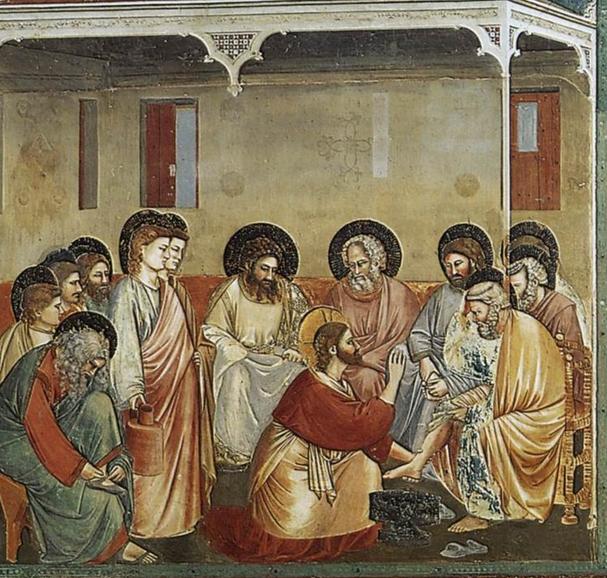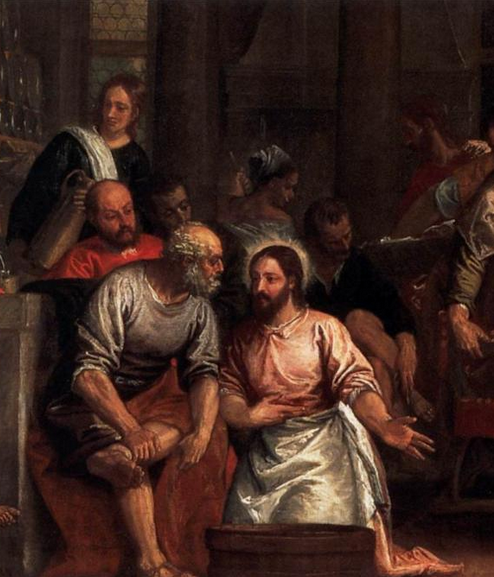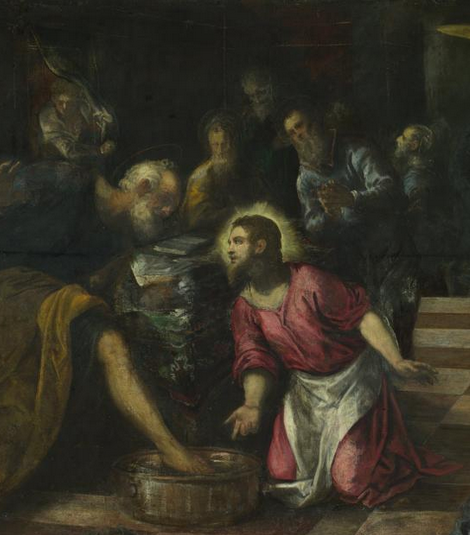Bible Lesson 26
La Cena de Pascua – The Passover Dinner
We have now reached the night before Jesus’ death. He and his disciples, with whom he has spent three years, have gathered to celebrate the Passover dinner. And here comes one of the most famous moments of Jesus’ life. He dresses himself like a slave, and washes the feet of his disciples.
What a great illustration of Phillipians 2:3-8:
“Do nothing from selfish ambition or conceit, but in humility count others more significant than yourselves. Let each of you look not only to his own interests, but alto to the interests of others. Have this mind among yourselves, which is yours in Christ Jesus, who, though he was in the form of God, did not count equality with God a thing to be grasped, but emptied himself, by taking the form of a servant, being born in the likeness of men. And being found in human form, he humbled himself by becoming obedient to the point of death, even death on a cross.”
How to Use This Page:
1. Listen to the audio as you read along with the Spanish on the left.
2. Open the English translation, and read the two side-by-side, making sure you understand the Spanish.
3. Close the English, and listen to the audio again, reading along in Spanish.
4. Close the Spanish, and listen once more. Maybe shut your eyes, and just try to catch as much as you can.



